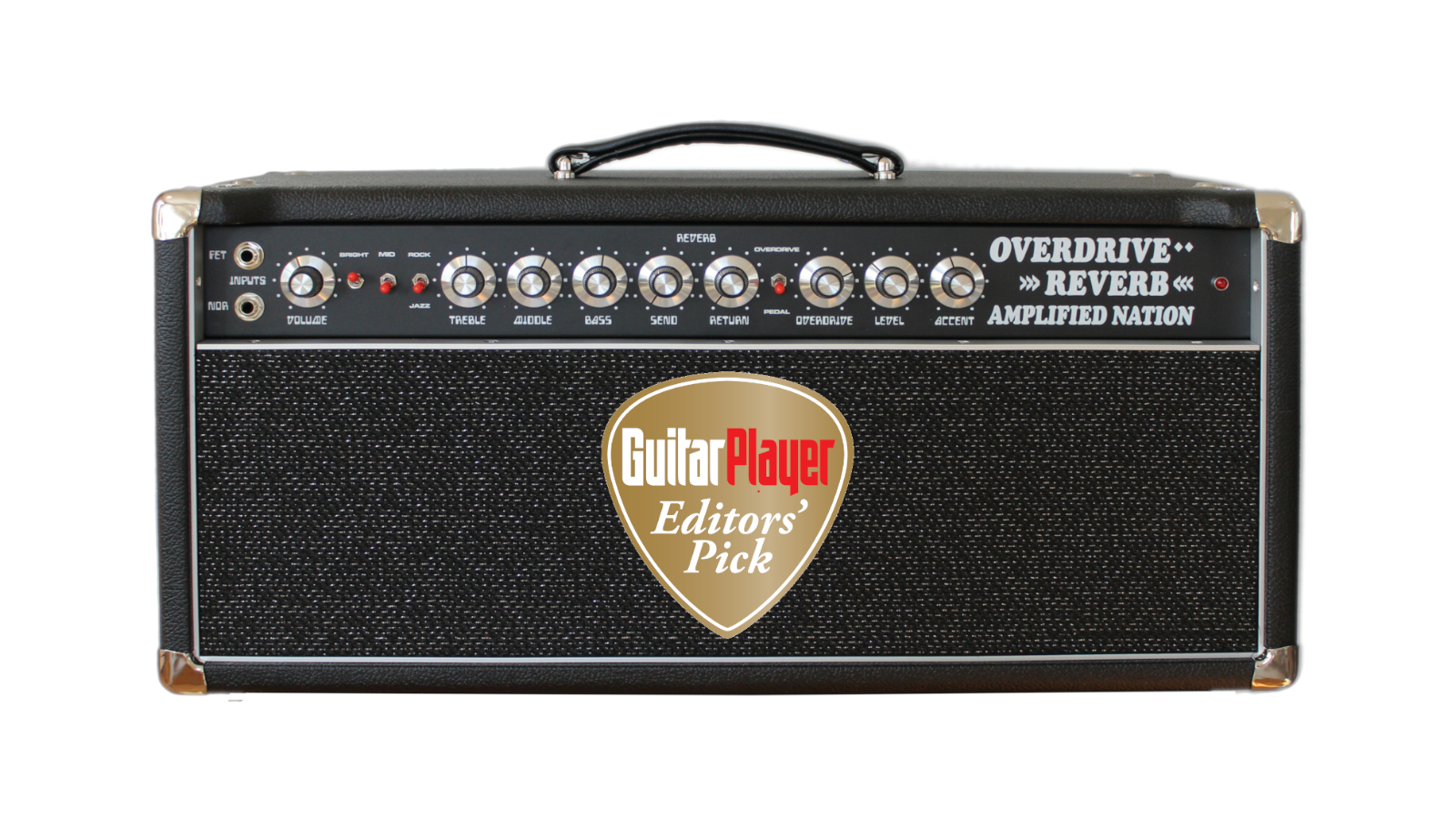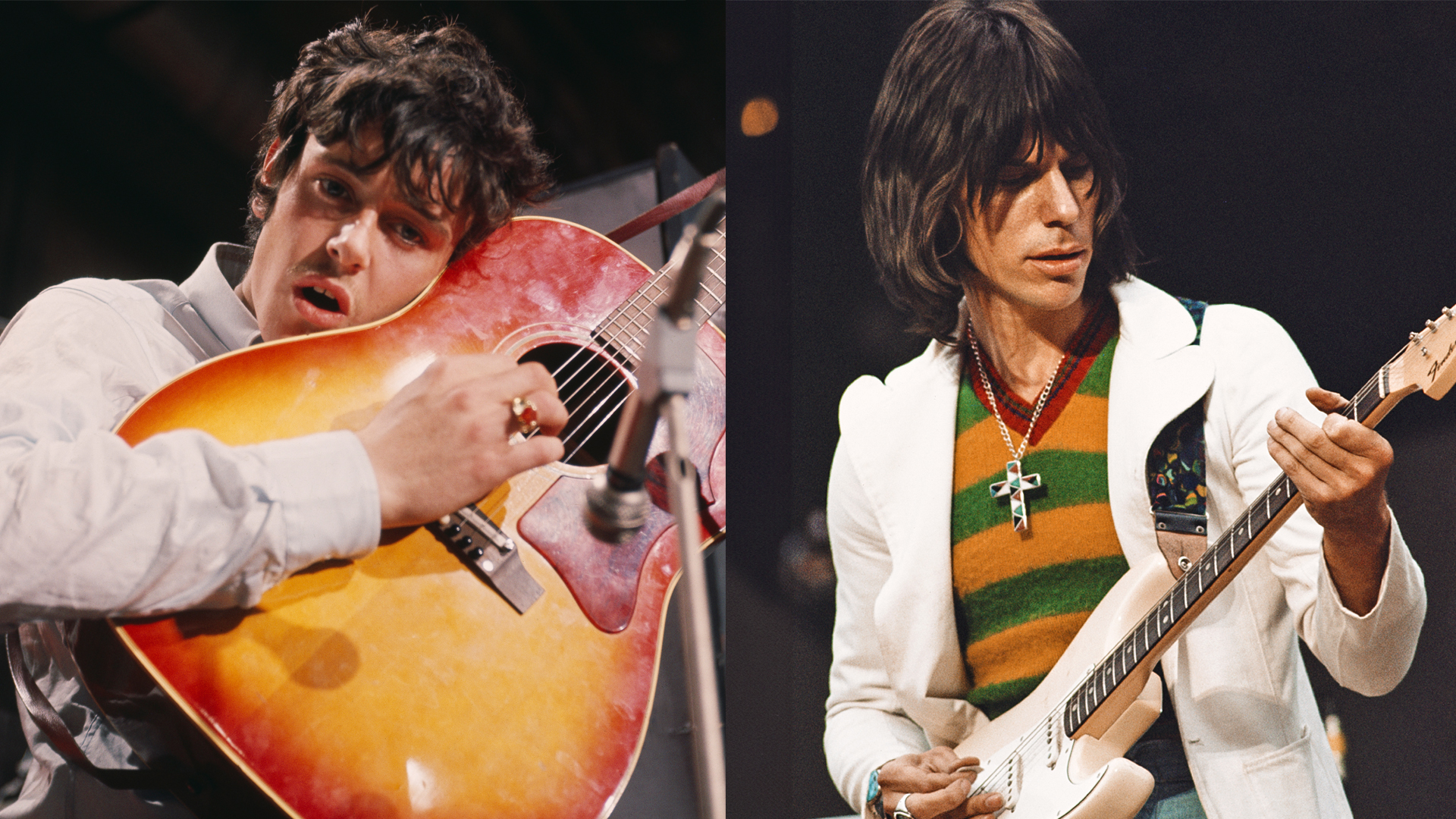GuitarPlayer Verdict
An impressive creation from a maker whose ears might ultimately be his most valuable asset
Pros
- +
An impressive rendition of the raucous earlier D-style circuit
- +
Pristine cleans
- +
Lush reverb
- +
Aggressive overdrive
Cons
- -
Dialing in your optimal tones might require a little patience
You can trust Guitar Player.
Taylor Cox founded Amplified Nation in the Boston area in 2009 to build amps, speaker cabs and pedals, and his reputation for making impressive Dumble-style creations has increased steadily in the years since then.
The Overdrive Reverb I’m reviewing in this issue combines a very specific ODS voicing with next-level tube reverb, and is available in 50-watt, as featured here, and 100-watt versions carrying two and four 6L6GC output tubes, respectively.
In addition, Cox offers a 22-watt option powered by two 6V6GTs. Preamp, reverb and PI stages use five 12AX7s and one 12AT7.
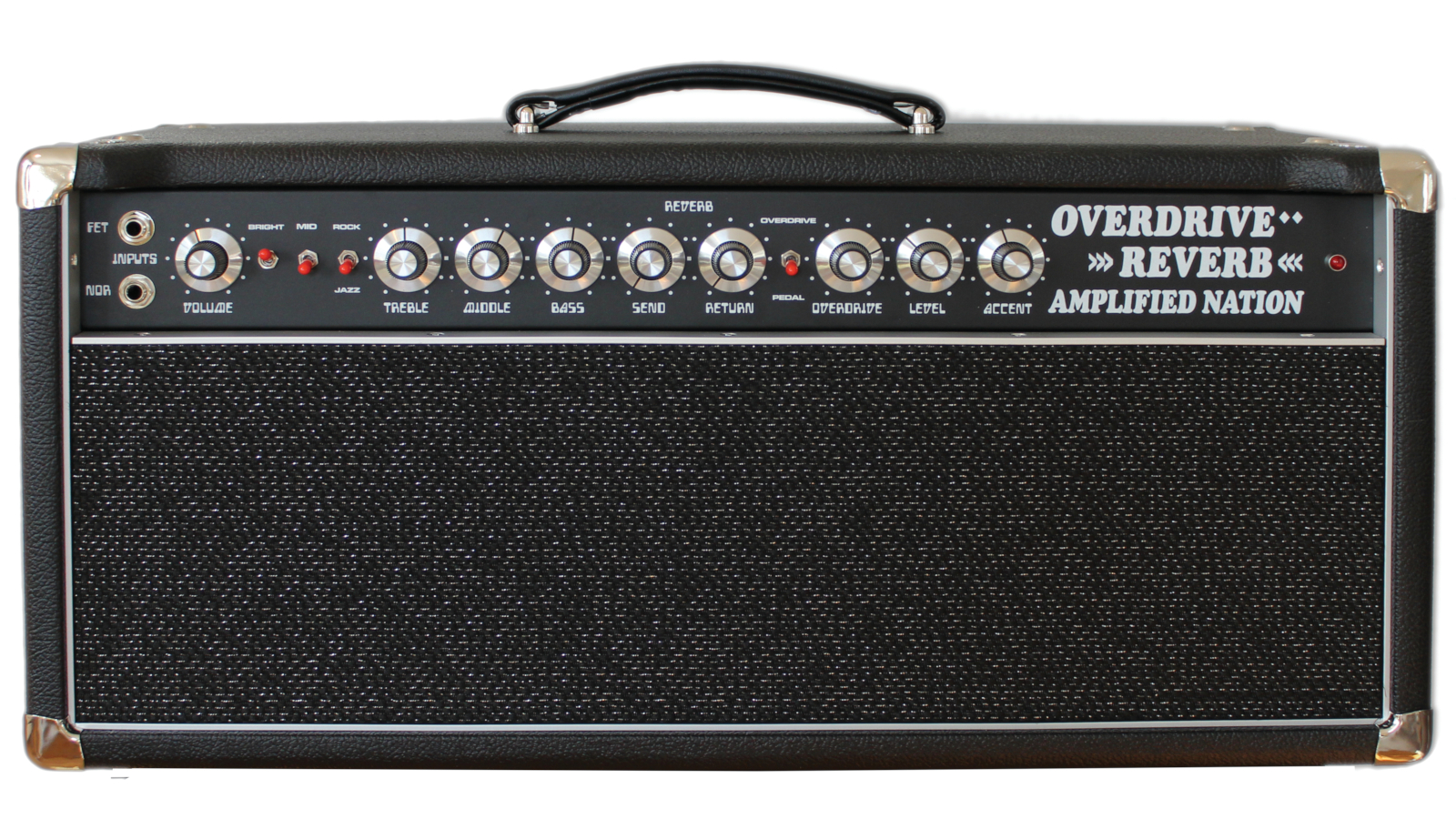
Although this is a personal interpretation of a classic from a maker who tells us he doesn’t claim to sell clones of anything, Cox relates that this model is based loosely on Dumble Overdrive Reverb #060, an early ’80s “low-plate classic” with its own particular characteristics.
He tells GP, “When compared to the smoother later-generation high-plate Skyliner, which is known more as the Dumble sound, the low-plate classic is more throaty, raw and uncompressed. It works great for Strats with its fat mids, but still loves humbuckers and Teles.”
Incidentally, the terms high plate and low plate refer to the amount of voltage applied to the plates of the tubes, which can greatly affect any amp’s sound and playing feel. Those seeking the creamier, smoother high-plate sound of later years can find it in Amplified Nation’s Bombshell Overdrive model.
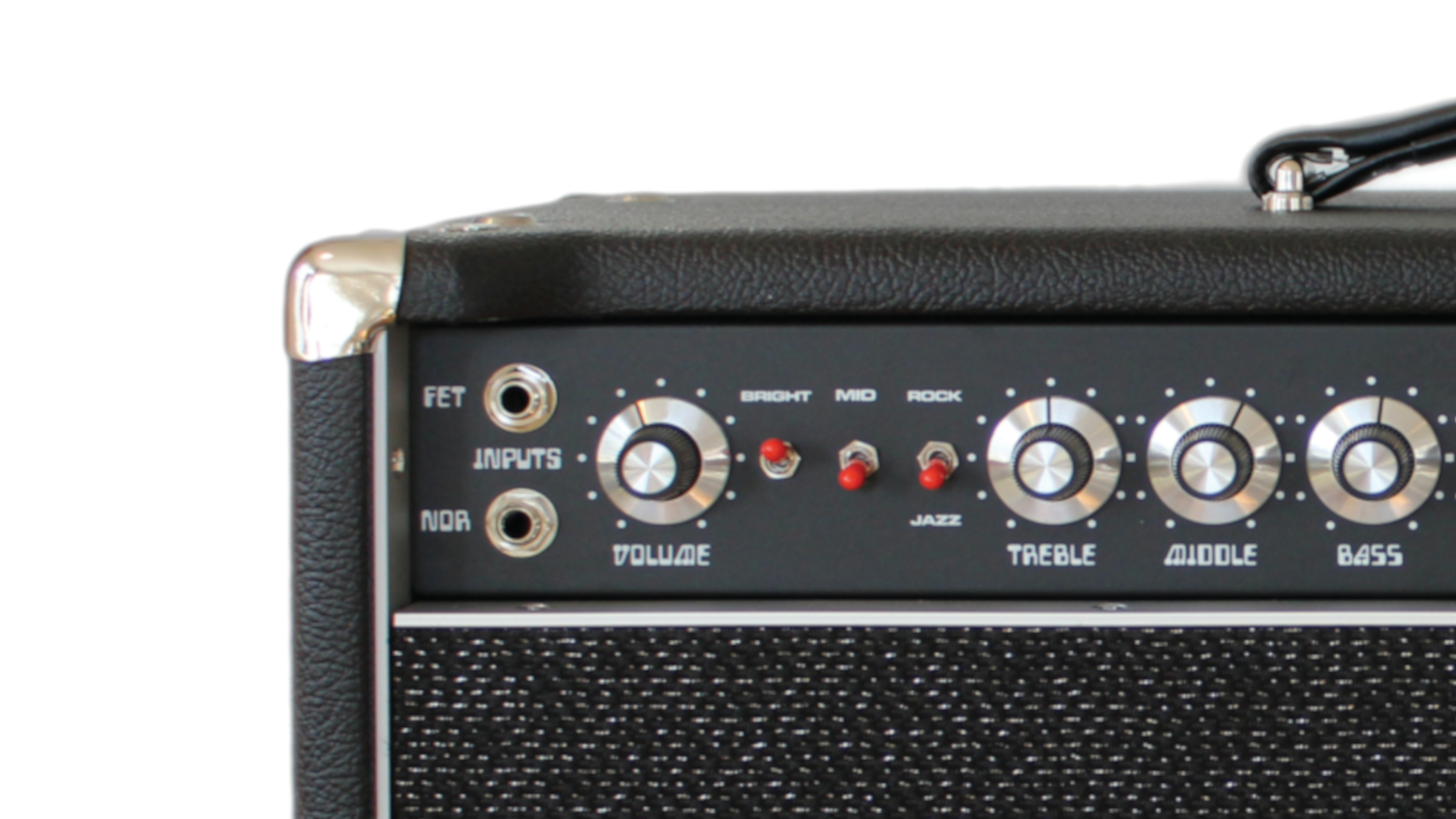
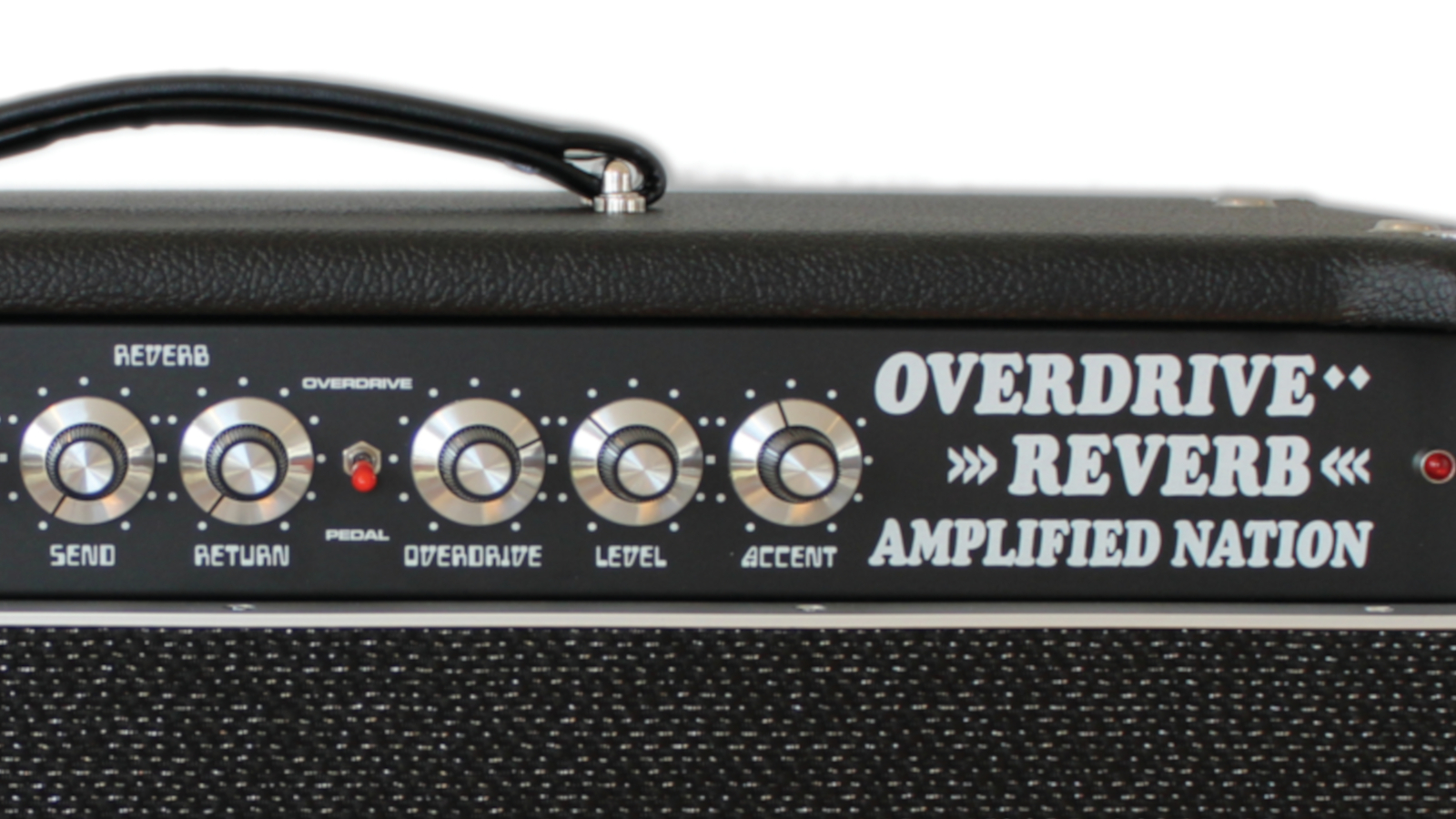
The Overdrive Reverb’s front panel kicks off with individual inputs for normal and FET (a transistor-based pre-boost/line driver of sorts), followed by a shared volume and treble, middle and bass controls. These, plus three voicing switches for bright, mid and Rock/Jazz (aggressive/smooth, essentially), govern the initial preamp stage, which forms the bulk of the rhythm (clean) channel.
All the latest guitar news, interviews, lessons, reviews, deals and more, direct to your inbox!
For the Overdrive Reverb, however, Cox has added individual Overdrive Ratio (master) controls on the back panel for each channel, enabling greater fine-tuning of drive and output levels between the clean and lead settings.
For most players, the heart of these amps is in the lead channel, created by cascading the first-stage volume and EQ controls into the legendary ODS stage, with controls for overdrive (gain) and level.
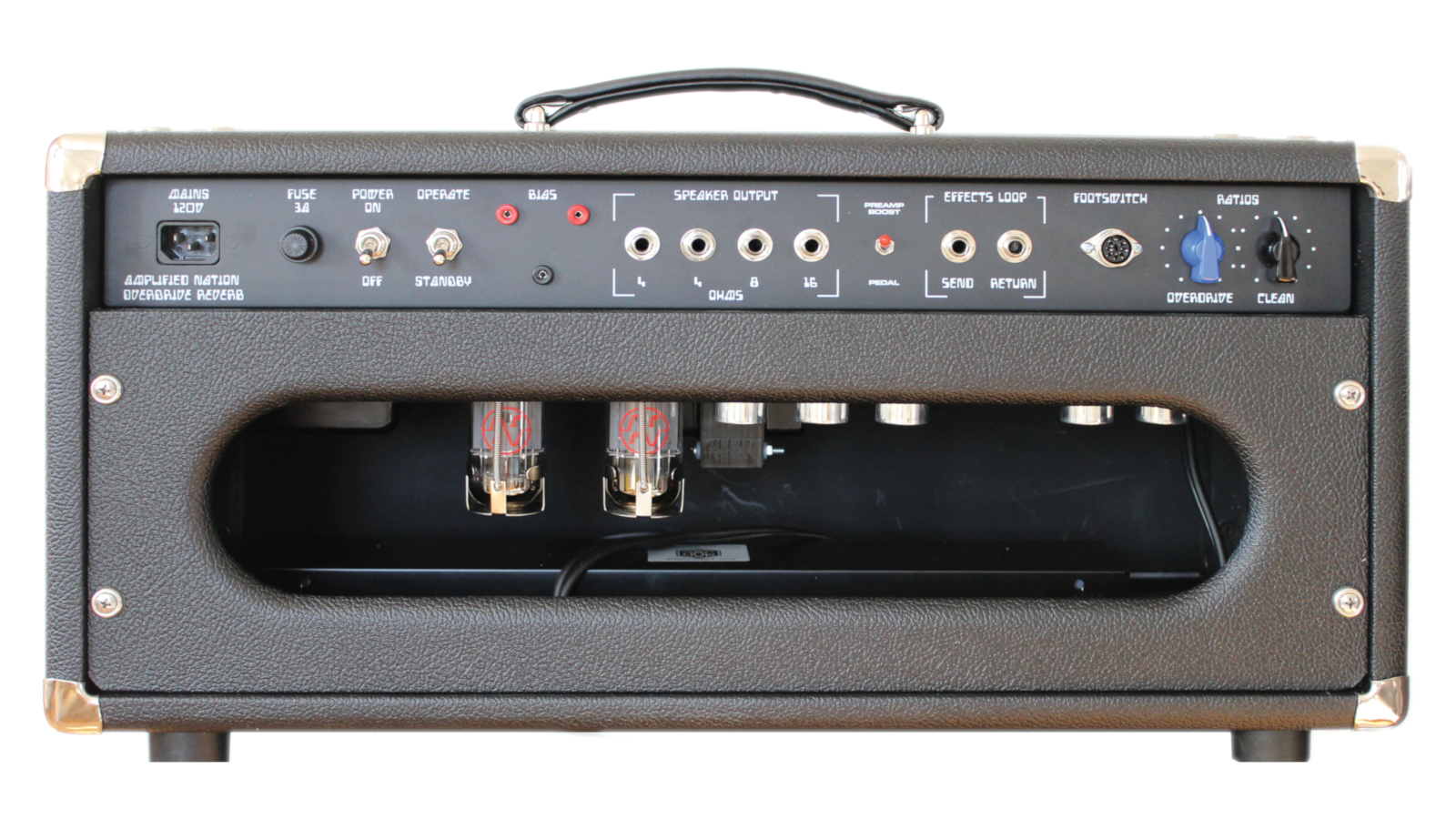
Shared by both channels is the tube-driven spring reverb, which Cox tells us is the most complex he has ever created. Its send knob sets the depth of the effect, and the return governs the amount of reverb fed into the overall mix.
Finally, the Accent control acts much as a presence control does on other amps.
The back panel also carries a preamp boost switch that can also be assigned to the foot switch (as can channel-switching itself), alongside the DIN foot-switch jack and the send and return for the effects loop.
Individual speaker outputs include two at four ohms (for two eight-ohm cabs connected together), a single eight-ohm, and a single 16-ohm. Next in line round back are individual bias test points for the two 6L6GCs, power and standby switches, and the three-amp fuse receptacle.
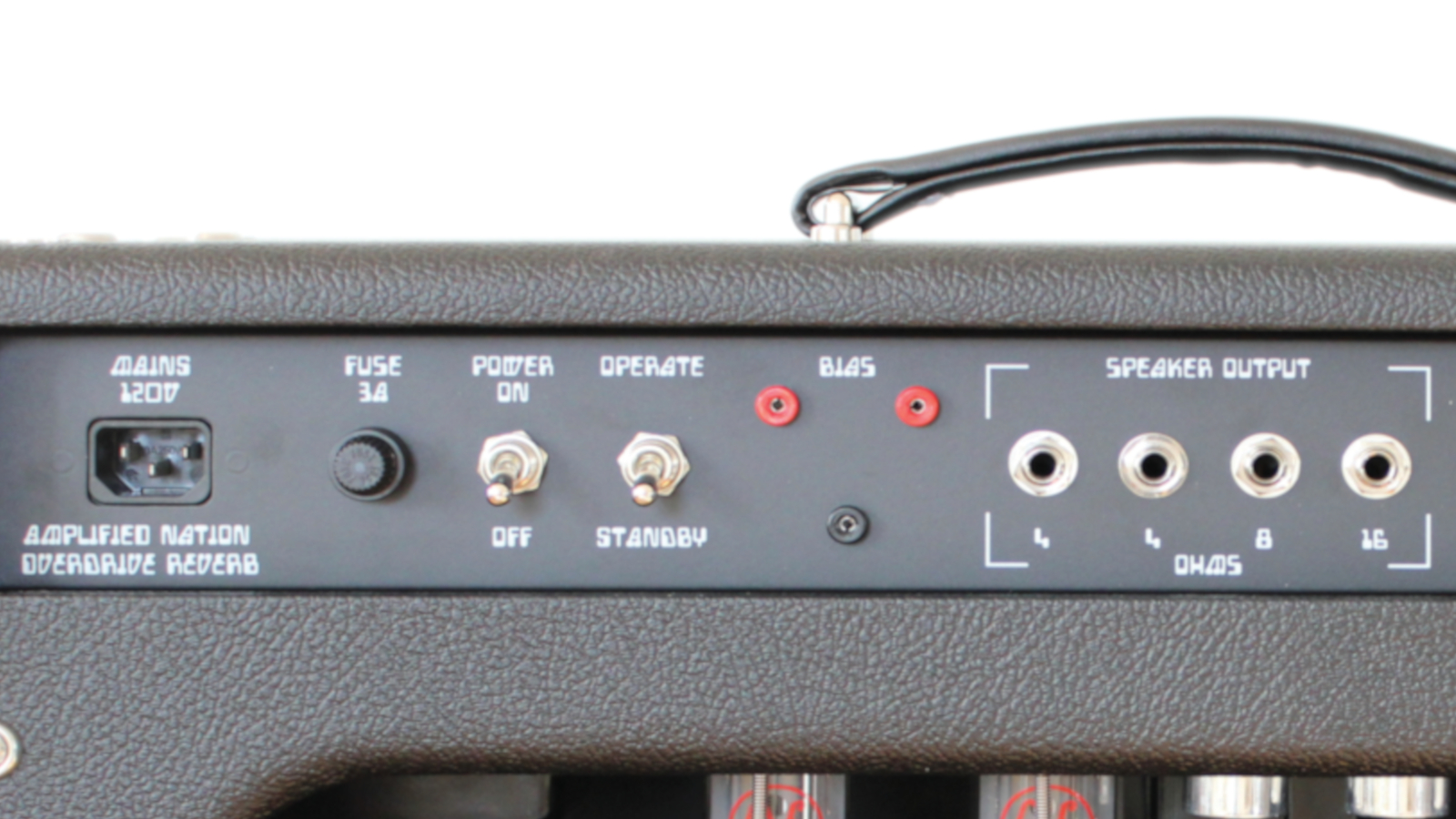
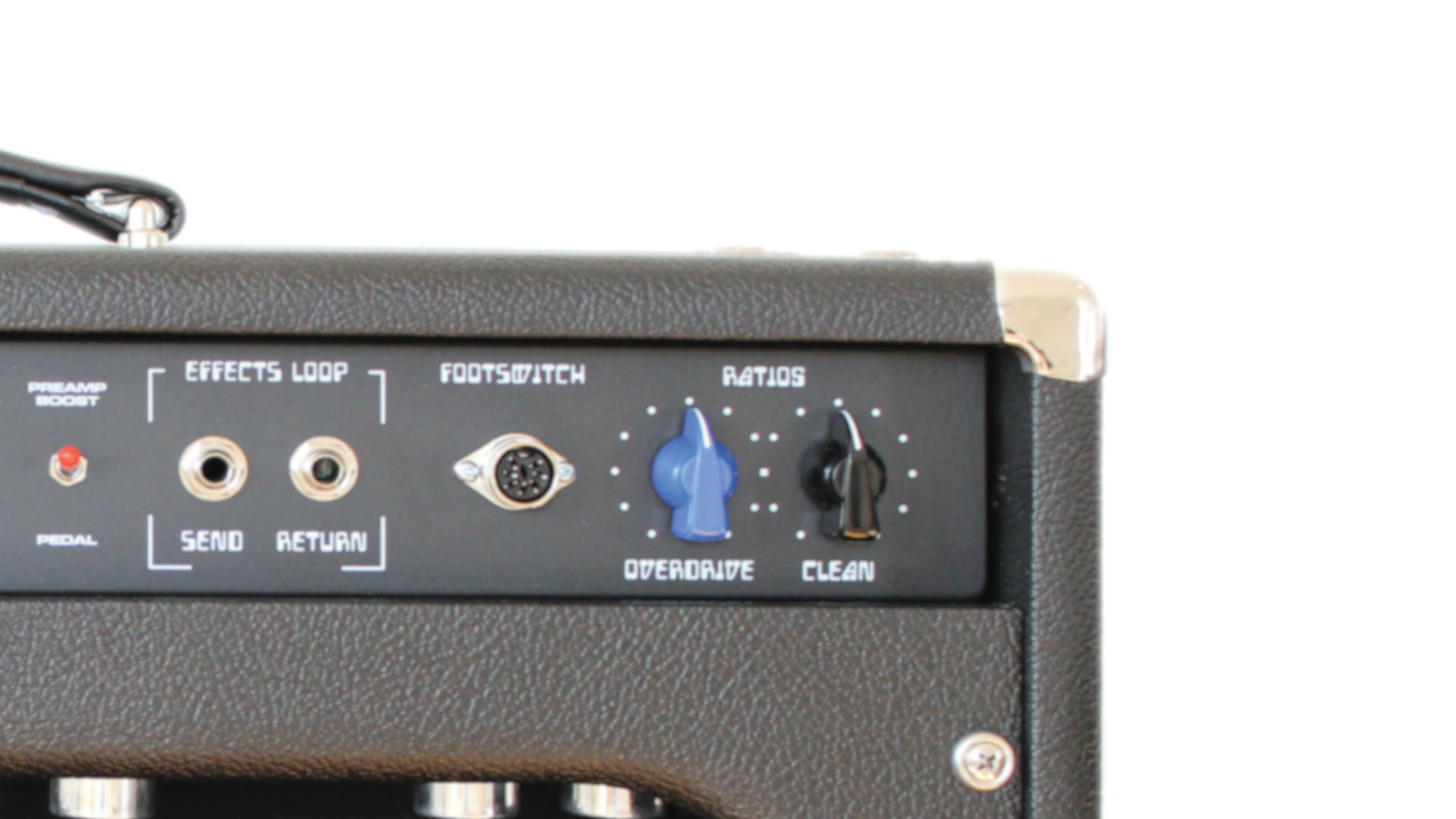
Inside the chassis, the build quality and high-end component selection displayed on the hand-wired printed circuit board go a long way toward explaining the price of this beast. Which is to say, it is indeed hand-wired, but on a high-quality printed circuit board, like a lot of high-end makers are using these days.
Cox says that the polyester Orange Drop coupling caps and coaxial cable to string together the signal chain are among the indispensable ingredients, and carbon-film resistors enhance the amp’s warmth while retaining clarity.
Tight tolerances on the specs of the U.S.-made transformers are also essential to dialing in the authentic feel and tone.
It’s all housed in a sturdy cab measuring 24 by 11.5 by 10.75 inches that’s dressed in black Tolex (custom coverings available), with a black-and-silver grille cloth topped by the de rigueur aluminum strip and a control panel loaded with black knobs with silver metal skirts, as required by law for any D-inspired build.
The build quality and high-end component selection displayed on the hand-wired printed circuit board go a long way toward explaining the price of this beast
I tested the Overdrive Reverb with a Gibson Les Paul and a Fender Telecaster and Stratocaster, into a Port City OS 1x12 with Eminence CV-75 speaker and a Germino 2x12 with Celestion G12-65s, and quickly discovered what a big personality this thing has for clean and lead playing alike.
Highly evolved though Dumble’s amps became, his cornerstone models had their foundations in bigger Fender models of the 1960s, a fact that’s immediately apparent in the Overdrive Reverb’s clean tones. Call it a big, immaculate, American clean, familiar to anyone who’s plugged into a good Twin Reverb, but with a touch more articulation and immediacy, if anything.
They refuse to fold under the Les Paul’s assault but still allow some snarl and give with the Telecaster injected, and deliver plenty of clear warmth and richness from the Strat – all guaranteed to plaster a smile on the face of players who need this kind of platform to wed to their pedalboards.
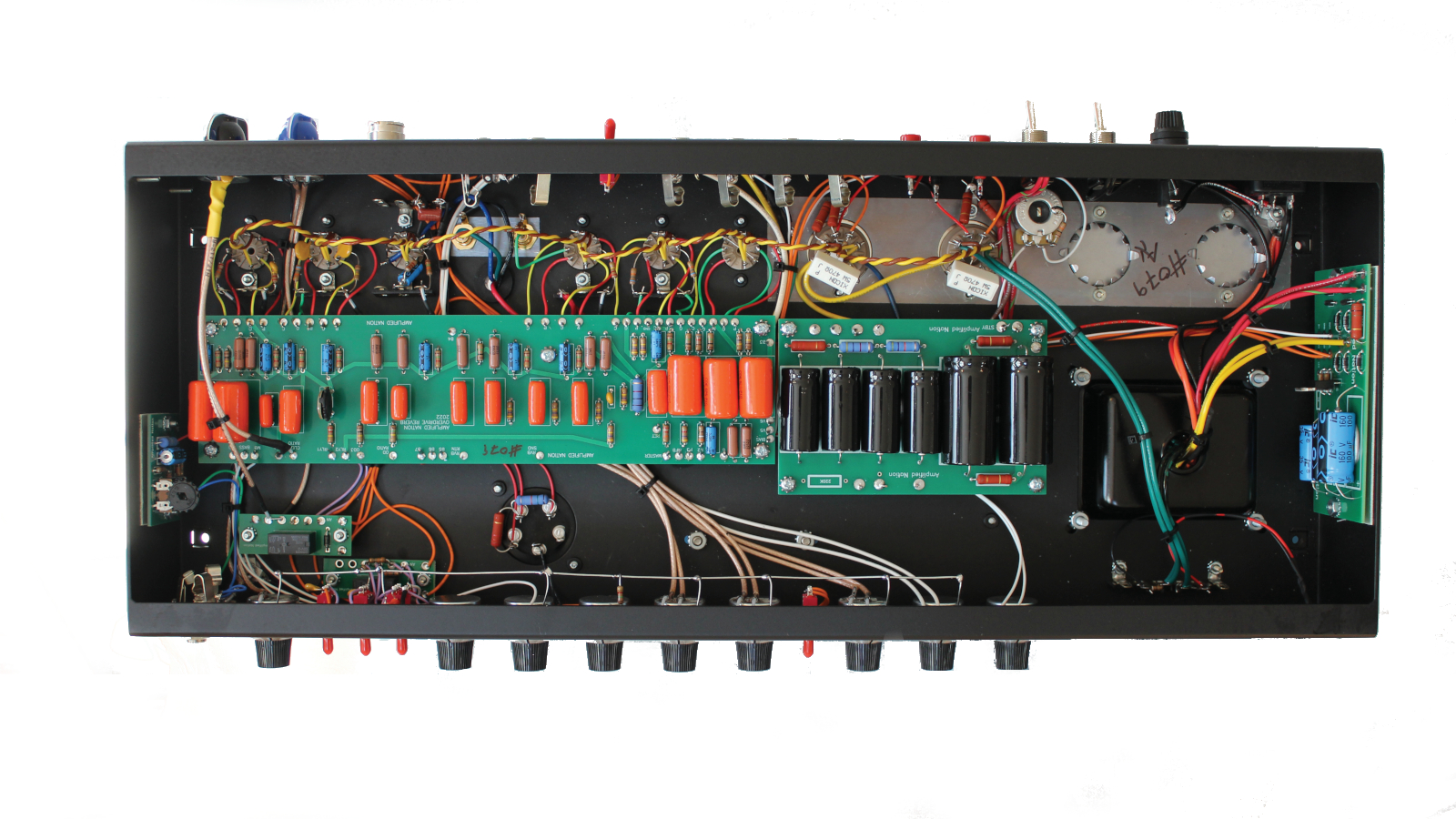
And the reverb: Beyond Fender’s archetype in scope, depth and dimensionality (not to mention controllability), it’s lush and wonderful and a thing of beauty.
Switching to the lead channel, the Overdrive Reverb leans toward the raw and raucous at its core, just as Cox indicates. It can be brash, aggressive and in-your-face, with a playing response that’s immediate, detailed and responsive.
This is an amp that wants to cut through a raging band onstage to really get you heard. It has more than enough volume to do so, too, although it also sounds extremely good dialed down low, thanks to the effective multiple master controls.
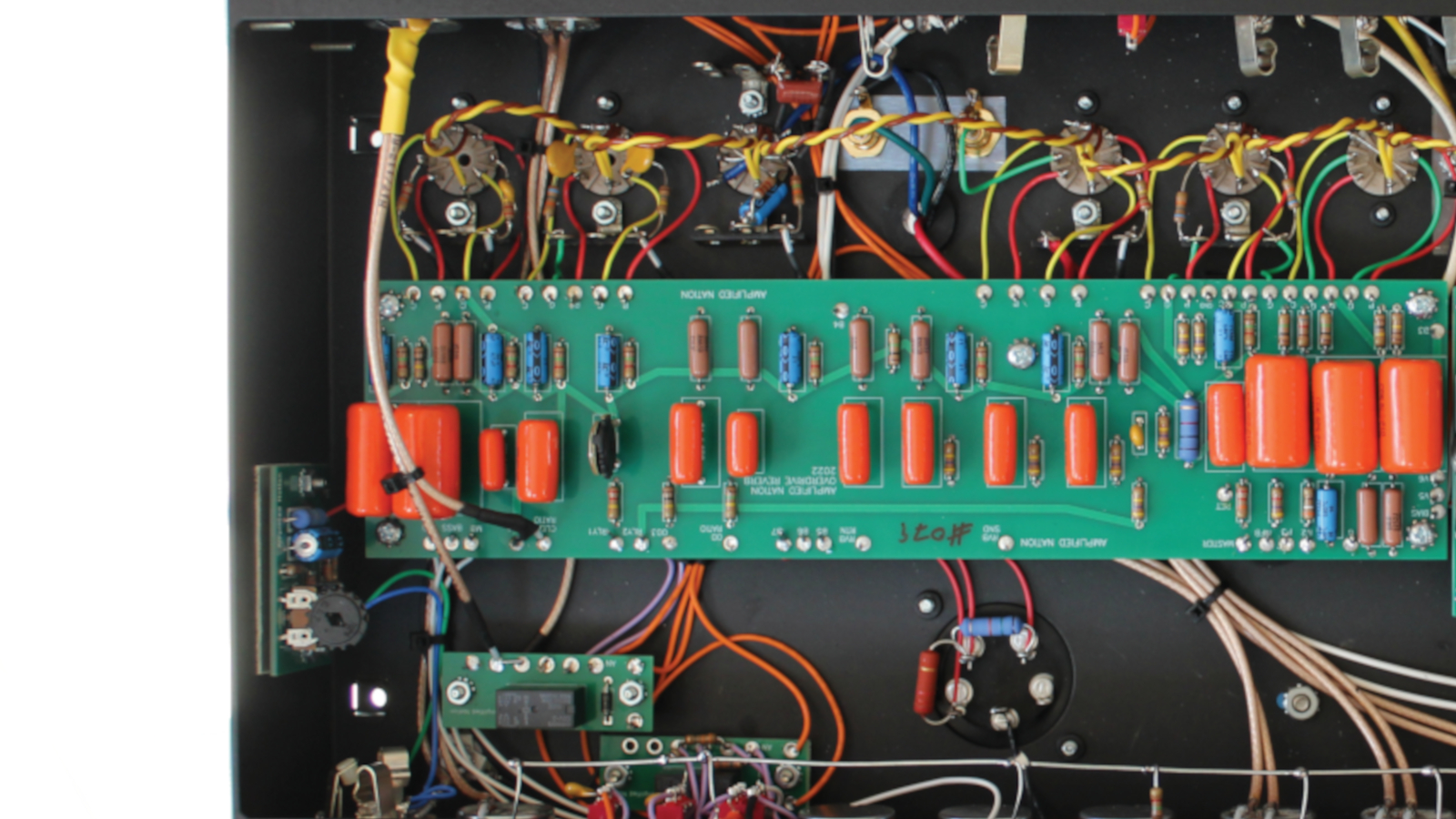
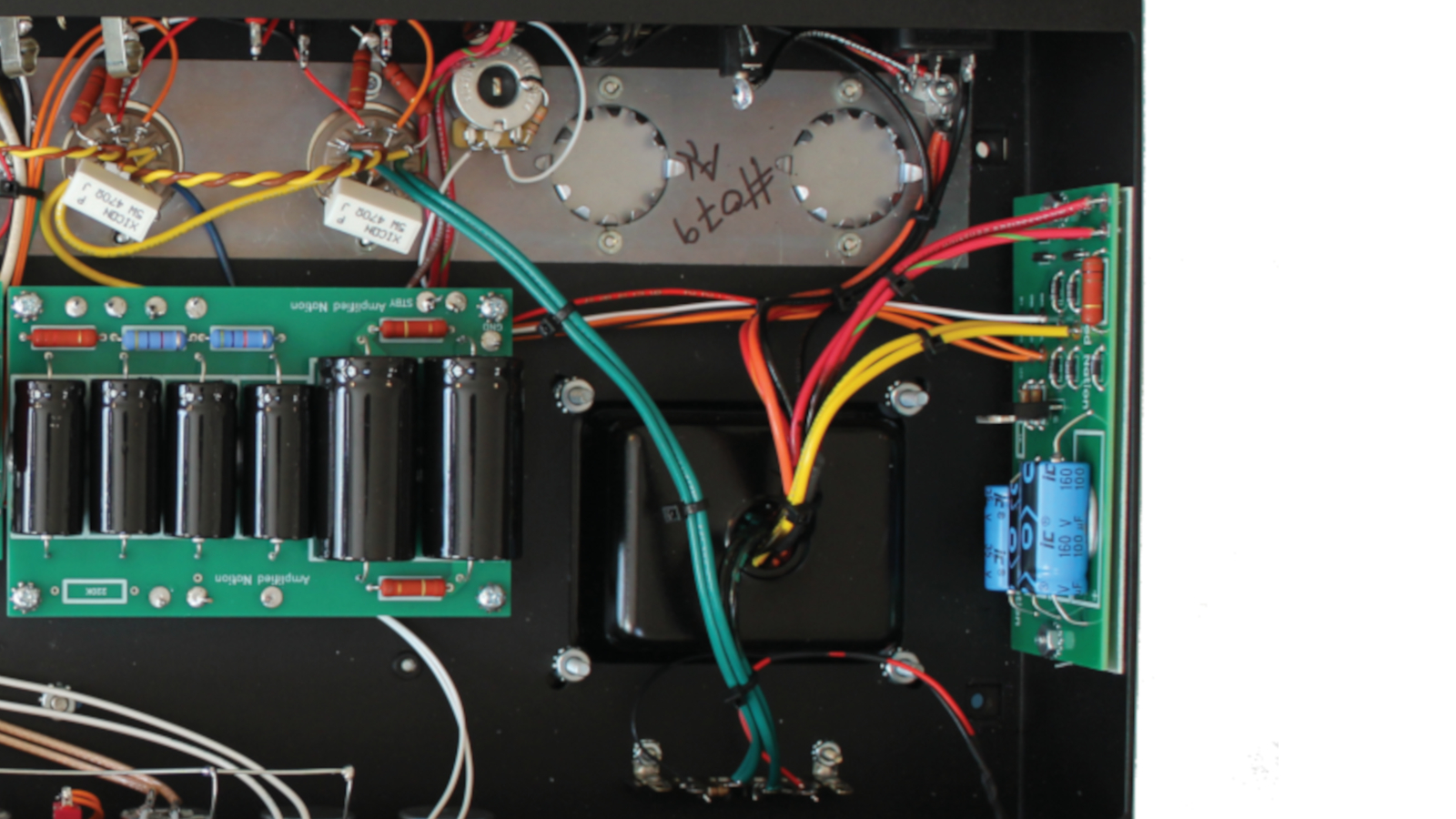
Play with the knobs and you can attain something akin to the creamy, smooth D-style overdrive, but this is really one for the rocker who always found the more familiar ODS sound a little on the spongy side, and I love it this way myself.
Note that the controls on this amp do take some playing with to fully understand, since the clean preamp cascades into the overdrive, putting all gain and level knobs in play in lead mode (akin to, though not exactly like, earlier Mesa/Boogie Mark Series amps).
This is really one for the rocker who always found the more familiar ODS sound a little on the spongy side
But it doesn’t take long to get the hang of it, and the added dual Overdrive Ratio controls make clean/lead channel balancing a lot easier.
I mostly used the normal input, although the FET input definitely gives a lift to lower-gain pickups when desired, adding the high-fidelity brightness and articulation in the process. And when you really need to rage, the preamp boost adds gain and grit to either channel, enabling the clean to bite harder and pushing the overdrive to roar more ferociously.
All in all, it’s an impressive creation from a maker whose ears might ultimately be his most valuable asset: Having spent weeks-long sessions playing and examining the real thing, Cox has voiced the Overdrive Reverb to get you about as close as any new-amp build will, and earns an Editors’ Pick Award for the achievement.
Specifications
- CONTROLS: Volume, treble, middle, bass, reverb send and return, overdrive, level, Accent. Switches for bright, mid and Rock/ Jazz. Clean and Overdrive Ratio (master) controls and preamp boost switch on back
- POWER: 50 watts
- TUBES: Five 12AX7s, one 12AT7 and two 6L6GC output tubes
- EXTRAS: Tube-driven spring reverb; DIN input for channel and boost foot-switch. Effects loop send and return. Speaker outs for 4Ω, 8Ω and 16Ω. Bias check points. Power on and standby switches
- WEIGHT: 30 lbs
- BUILT: USA
Visit Amplified Nation for more information.
Dave Hunter is a writer and consulting editor for Guitar Player magazine. His prolific output as author includes Fender 75 Years, The Guitar Amp Handbook, The British Amp Invasion, Ultimate Star Guitars, Guitar Effects Pedals, The Guitar Pickup Handbook, The Fender Telecaster and several other titles. Hunter is a former editor of The Guitar Magazine (UK), and a contributor to Vintage Guitar, Premier Guitar, The Connoisseur and other publications. A contributing essayist to the United States Library of Congress National Recording Preservation Board’s Permanent Archive, he lives in Kittery, ME, with his wife and their two children and fronts the bands A Different Engine and The Stereo Field.
